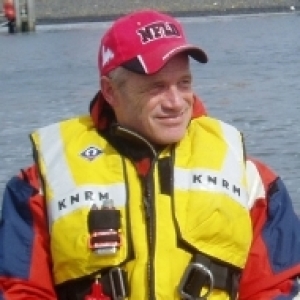Ballast Water Management Plan
Is another modern, but necessary issue.
Ships are carrying cargo from all over the world to all over the world.
I told you yesterday that for instance on the far East Route, it is more or less a one way road. Cargo to West, empty containers back to the East.
If you're working on a tanker or any other vessel than a containervessel, you'll probably have no containers on board.
A complete empty ship is high above the water, too high sometimes.
To get it lower and to get at least the propellor under water, waterballast is pumped into the tanks. A sort of seawater cargo, only used to trim the vessel properly.
But you're not only pumping seawater into your tanks, also thousands smaller and bigger living creatures will come on board and get a free ride to your next port of call.
Before loading the next cargo, the ballast water is pumped overboard, together with your (still) living passengers.
If the habitat is suitable for them, they may find one without natural enemies and multiply their numbers undisturbed. Also they can cause a lot of damage to the original habitat. Therefore it is forbidden to pump ballast water overboard.
Before entering port you have to change ballast. Three times the tank volume when overflowing or one time when replacing the complete content of every tank.
And overflowing is what you see doing the 270 meter long tanker 'Overseas London' here.
- 4
- 1
- Nikon D300
- f/13.0
- 200mm
- 400

Comments
Sign in or get an account to comment.


